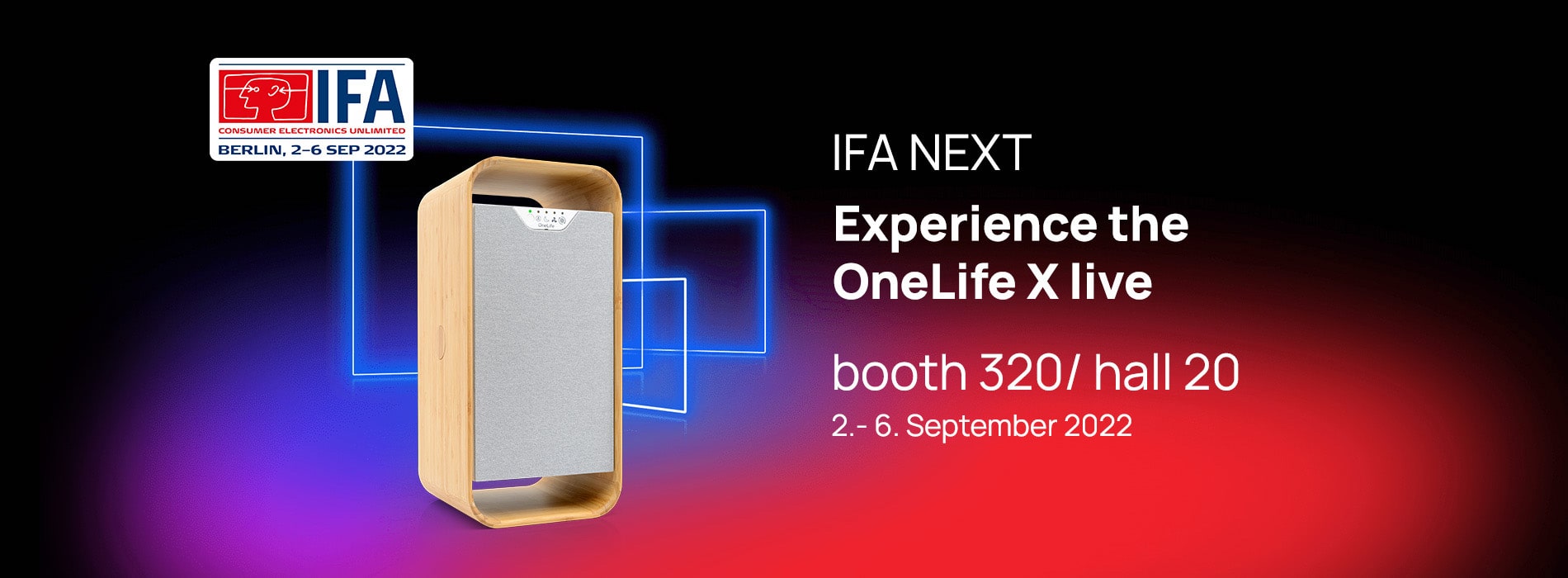Which are the most popular pets?
According to the 2019-2020 National Pet Owners Survey conducted by the American Pet Products Association (APPA), sixty-seven percent of all U.S. households or about 85 million families own a pet of some kind. This is up from 56 percent of U.S. households in 1988, the first year the survey was conducted. Dogs are considered the most popular pet among US citizens. 63.4 million households own a dog, while around 42.7 million have a cat.
How does an animal hair allergy develop?
Despite the great popularity of pets, they can pose a health risk for some people because our fluffy friends lose several hundred hairs every day alongside dander. These can often trigger physical symptoms in people with pet hair allergies. In the case of an animal hair allergy, it is usually a reaction of the immediate type. The immune system is first sensitized to the allergen and if the allergen enters the body again, an immune reaction is triggered. In allergy sufferers, this usually manifests itself in the form of sneezing, a runny nose, and a feeling of tightness in the chest. Other symptoms can include itching, watery eyes, and eczema. Breathing in animal allergens can thus aggravate respiratory symptoms and even impair lung function.
The pet hair itself does not usually cause an allergic reaction, instead, it is their dander. More specifically, it is the proteins secreted by the oil glands under the pet’s skin that cover the pet’s dander. Sometimes you may notice these dander floating through the air or accumulating in certain corners of your home. However, not all dander is visible to the human eye. Some dander is microscopic and can get caught in carpets, bedding, and furniture. When they are stirred up, the allergens are released and can remain for a long time.
What is the difference between cat and dog allergens?
In total, there are 19 identified cat allergens. However, a single protein is responsible for most of the allergic reactions (Fel d 1), which is found in the animal’s sebaceous glands and skin. Cat allergens are particularly light because they can float in the air for hours and settle on furniture and clothing. Even months after a cat has been in a room, people with cat allergies can experience allergic symptoms.
Compared to cats, dogs have a lower allergy potential because the allergens in this case are less aggressive. In addition, dog allergens are heavier than those of cats and therefore cannot combine as easily with dust particles and float through the air. Some dog breeds spread significantly fewer allergens than others, such as a poodle.
What makes animal dander harmful to our health?
Dander is the main cause of animal allergies. They are particularly small, measuring only 5 to 10 micrometers. About a quarter of animal dander is even smaller than 2.5 micrometers. The smaller and lighter they are, the better other particles such as dust can attach to them, thus allowing them to remain in the air for a particularly long time. The allergy-causing proteins of dogs, cats, and other animals found in the dander are grouped under the term inhalant allergens. Humans absorb this type of allergen as small airborne particles through breathing.
How do pollen, dirt & co. get into the apartment?
How can the OneLife X help?
By filtering out fine particles, air purifiers help clean indoor air, thus reducing the potential negative effects of air pollution such as allergic reactions, and both chronic and acute respiratory diseases including asthma. The ideal air purifier for pet owners is able to rid the air of allergy-causing proteins carried by pet hair or contained in pet dander. Therefore, before buying an air purifier, it is essential to check what particle size it can capture. Ideally, a device that can filter even the smallest pollutants should be chosen. The microscopic allergy-causing particles contained in animal hair or dander aren’t usually captured with conventional filters and remain in the air. Air purifiers with plasma filters such as the OneLife X offer an optimal solution to this as they are able to remove even the smallest particles, down to 0.01 microns, and do so entirely without producing harmful ozone.
In a household with four-legged friends, a lot of pet hair – and dandruff – accumulates in the air in a very short time. Traditional air purifiers often need a new filter after just 3 months for this very reason. The filter unit of the OneLife X, on the other hand, can easily be rinsed out or cleaned in the dishwasher. This not only saves high filter costs but also ensures less environmentally harmful waste at the same time.





